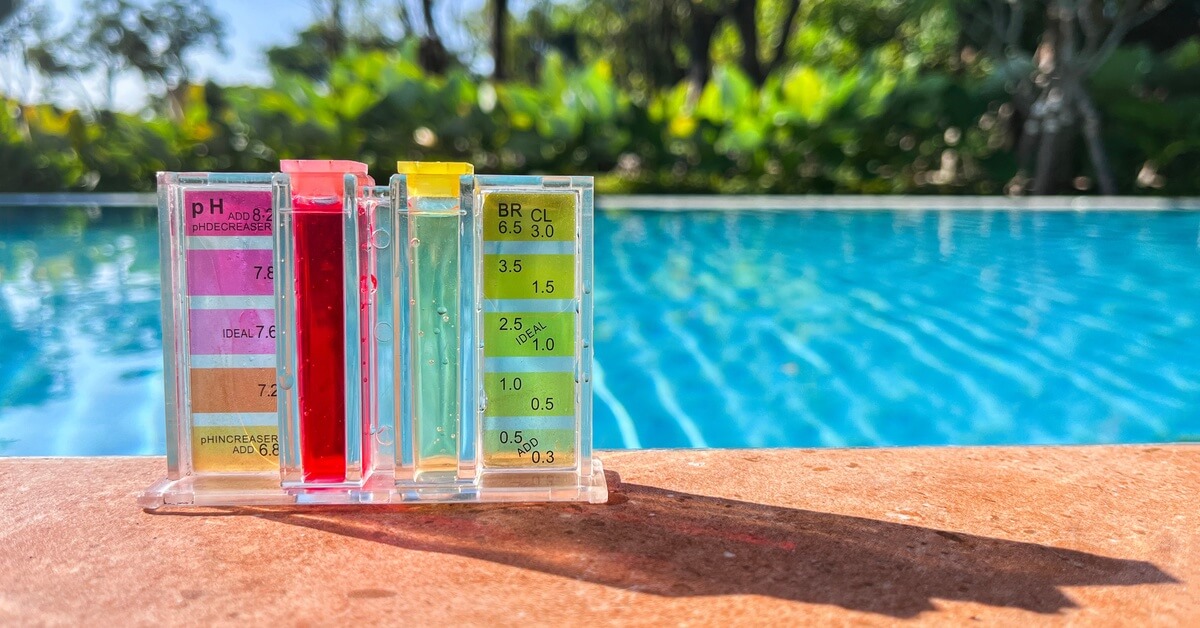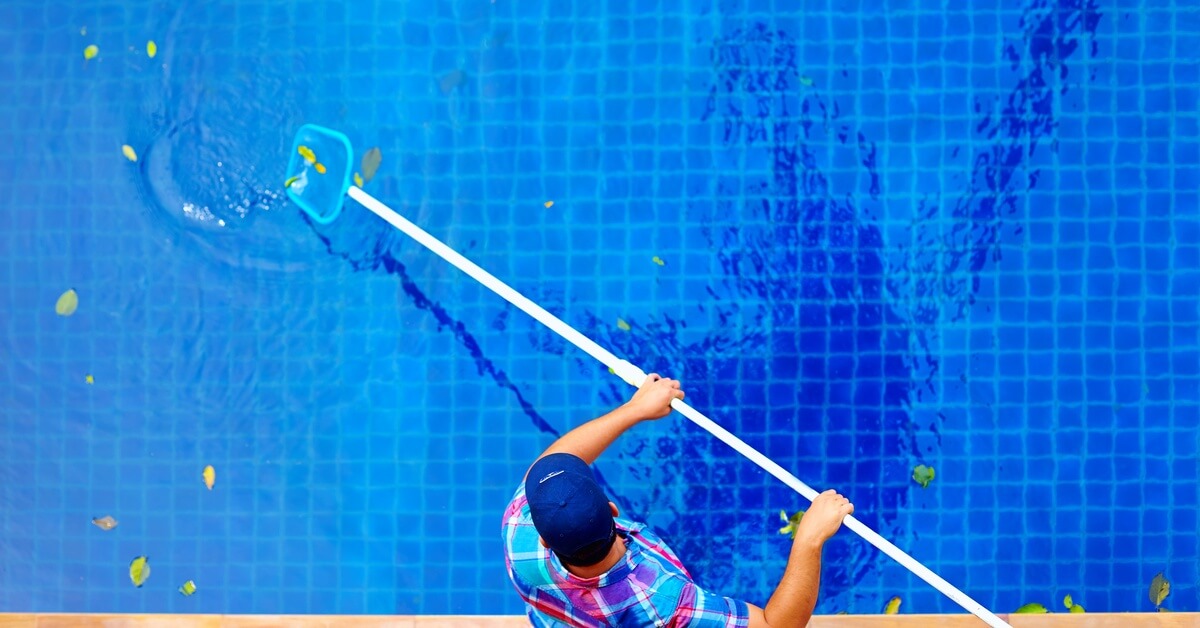The Ultimate Guide to Commercial Swimming Pool Maintenance
Commercial swimming pools are recreational facilities that are vital amenities for businesses, resorts, gyms, and community centers. Carefully caring for pools protects the safety and health of swimmers as well as the longevity of the facility itself.
The level of care required for a commercial swimming pool goes far beyond that of a residential pool due to its size, frequency of use by the public, and stringent health and safety standards. Neglecting this responsibility can lead to significant consequences, including unsanitary conditions, costly repairs, and potential legal issues.
From water chemistry to cleaning schedules, this commercial swimming pool maintenance guide breaks down everything you need to know for a seamless and efficient process. Whether you’re managing a hotel pool or a community aquatic center, following these guidelines will help you keep the pool active and ready.
The Basics of Pool Maintenance
Pool maintenance revolves around three core aspects: water circulation, cleaning, and chemical balance. Proper circulation ensures water moves consistently through the pump and filtration system, preventing stagnation and reducing debris buildup. Cleaning involves skimming the surface for leaves or other contaminants, brushing pool walls to prevent algae growth, and vacuuming to remove debris.
Equally important is maintaining the chemical balance, which involves monitoring pH, chlorine or sanitizer, and alkalinity to keep the water free from harmful bacteria. For commercial pools, high swimmer volumes demand frequent inspections and upkeep of components such as filters, skimmers, pumps, and chemical feeders to handle the increased load effectively.
The Importance of Water Chemistry
Balanced water chemistry ensures the neutralization of harmful bacteria and contaminants, reducing the risk of waterborne illnesses. Monitoring the key parameters is essential to prevent common issues like skin and eye irritation, algae growth, or the corrosion of pool components, all of which can detract from the pool’s functionality and appearance.
Improper water balance can also increase operating costs over time, as it accelerates wear and tear on equipment, such as pumps, filters, and heaters. By investing in high-quality water testing kits and maintaining a consistent maintenance routine, pool operators can create a safe, enjoyable, and long-lasting swimming environment for users.
Ensure Proper Filtration
Filtration systems are the backbone of water quality by removing debris, contaminants, and particles. Choosing the right filter type, sand, cartridge, or diatomaceous earth (DE), is essential, and each requires routine maintenance to function correctly.
Regular cleaning or replacing filter media is critical, as neglect can lead to clogs obstructing water circulation and reducing efficiency. For sand and DE filters, backwashing is an important ongoing task that flushes out accumulated dirt and restores the filter’s ability to operate effectively.
Manage Chlorination and Sanitization

Chlorine is the most popular sanitizer that eliminates bacteria, viruses, and microorganisms. Automated chlorination systems have become convenient, providing consistent dosing and reducing manual intervention. However, regular testing and monitoring ensure the chlorine’s effectiveness and address variables such as water temperature, pH balance, and bather load.
Saltwater systems are ideal for facilities seeking alternative approaches, offering a gentler swimming experience while still generating chlorine through electrolysis. Ultraviolet (UV) light sanitization is becoming the preferred eco-friendly method, reducing the reliance on chemical additives by using UV rays to neutralize harmful microorganisms.
Address Pool Repairs and Renovations
Even with the most attentive care, every pool will eventually require repairs or renovations to maintain its functionality and visual appeal. Common issues include cracked or missing tiles, persistent leaks, damaged pool equipment, and aging liners that need replacement. Ignoring these problems can lead to further damage, higher repair costs, and extended periods of downtime.
Partnering with a professional full-service pool maintenance team ensures that your pool stays in excellent condition year-round, as they can expertly handle preventative care and necessary repairs. When it’s time for aesthetic or structural renovations, they can provide tailored solutions to transform your pool while maintaining safety and efficiency.
Energy Efficiency in Pool Operations
Achieving energy efficiency in pool operations is critical for minimizing environmental impact and optimizing operational costs, particularly in commercial swimming facilities. Implementing energy-efficient equipment, such as variable-speed pumps, high-efficiency heaters, and LED lighting systems, can substantially reduce energy consumption.
Pool covers are another helpful tool that conserves heat, reduces evaporation, and decreases water loss. Facilities should also consider investing in advanced automation systems to monitor and control energy usage in real time, further enhancing efficiency.
Cleaning Schedules and Techniques

Daily tasks should include skimming the water’s surface to remove floating debris such as leaves and insects. Weekly practices should involve scrubbing pool walls, tiles, and steps with a brush to eliminate the buildup of algae, biofilm, and mineral deposits.
While automated cleaning systems can enhance the efficiency of pool maintenance, they should only supplement manual cleaning efforts for comprehensive results. By adhering to a robust and systematic cleaning routine, commercial pools can offer swimmers a consistently enjoyable and sanitary experience.
Compliance With Health and Safety Regulations
Ensuring compliance with health and safety regulations is critical for the responsible operation of commercial pools and involves strict adherence to local, state, and federal guidelines. These regulations include maintaining proper water quality and implementing lifeguard protocols for swimmer safety. You must also equip the facility with emergency equipment such as life rings, first aid kits, and automated external defibrillators.
Clear and visible safety signage, such as depth markers and emergency procedures, is a legal requirement to inform and protect patrons. Routine inspections, staff training, and acquiring necessary certifications or permits demonstrate a proactive commitment to safety and legal compliance.
Seasonal Maintenance Considerations
Before the summer season, conduct a comprehensive inspection, addressing issues like leaks, equipment malfunctions, and chemical imbalances to prepare the pool for the increased activity of peak swimming months. Winterizing the pool during off-season months safeguards it from freezing temperatures and harsh weather conditions. This process includes lowering the water level, draining and storing equipment such as pumps, heaters, and filters, adding winterizing chemicals to prevent algae growth, and covering the pool.
Neglecting seasonal maintenance can lead to structural damage, additional repair costs, and safety hazards. By following a consistent seasonal maintenance plan, pool operators can extend the pool’s lifespan, reduce long-term expenses, and ensure year-round readiness for use.
Maintaining a commercial swimming pool might seem overwhelming, but with the right approach, it becomes a manageable and rewarding task. By understanding water chemistry, prioritizing cleaning, addressing repairs promptly, and complying with safety regulations, you can create a safe and welcoming environment for pool users.
Implementing energy-efficient practices and collaborating with professional technicians can optimize your pool’s operation and sustainability. A well-maintained pool reflects professionalism and care, qualities that will enhance the reputation of your organization.























